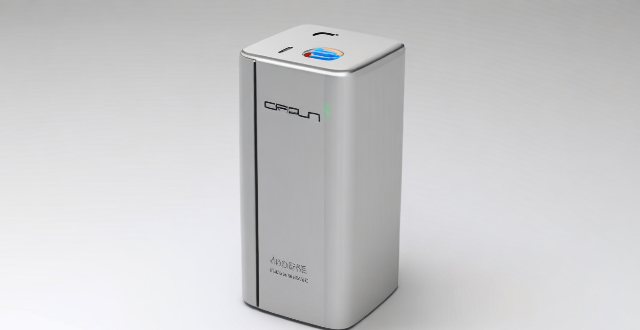A mobile power bank, also known as a portable charger or battery pack, is an external source of energy that can be used to recharge your mobile devices while on the go. It works by storing electrical energy in its internal battery cells and then transferring that energy to your device when needed. The main components of a power bank are lithium-ion or lithium-polymer battery cells, charging circuitry, USB ports, and LED indicators. When you plug your device into a power bank, the charging circuitry inside the power bank detects the voltage and current requirements of your device and adjusts the output accordingly. As your device charges, the power bank's internal battery cells gradually lose their stored energy, and you need to recharge it by connecting it to a wall outlet or computer using a USB cable. Power banks are portable, convenient, cost-effective, and versatile, making them a useful tool for anyone who needs to keep their devices charged while on the go.

How does a mobile power bank work?
A mobile power bank, also known as a portable charger or battery pack, is an
external source of energy that can be used to recharge your mobile devices
while on the go. It works by storing electrical energy in its internal
battery cells and then transferring that energy to your device when needed.
Components of a Mobile Power Bank
* Lithium-ion or Lithium-polymer battery cells: These are the main components of a power bank. They store electrical energy and provide it to your device when needed.
* Charging circuitry: This component manages the flow of electricity from the power bank to your device and vice versa.
* USB ports: Most power banks have one or more USB ports for connecting your device. Some models also have other types of ports, such as micro-USB or Lightning ports.
* LED indicators: Many power banks have LED lights that show the remaining battery level and charging status.
How Does a Power Bank Work?
When you plug your device into a power bank, the charging circuitry inside the
power bank detects the voltage and current requirements of your device. It
then adjusts the output accordingly to ensure that your device receives the
correct amount of power.
As your device charges, the power bank's internal battery cells gradually lose
their stored energy. When the power bank is empty, you need to recharge it by
connecting it to a wall outlet or computer using a USB cable.
During the recharging process, the power bank's internal battery cells absorb
electrical energy from the connected source. Once fully charged, the power
bank is ready to be used again to charge your devices.
Benefits of Using a Mobile Power Bank
* Portable: Power banks are small and lightweight, making them easy to carry around with you wherever you go.
* Convenient: With a power bank, you don't have to worry about finding an available outlet to charge your device. You can charge it anytime, anywhere.
* Cost-effective: Over time, using a power bank can save you money on expensive replacement batteries for your devices.
* Versatile: Most power banks are compatible with a wide range of devices, including smartphones, tablets, cameras, and more.
In conclusion, a mobile power bank is a useful tool for anyone who needs to
keep their devices charged while on the go. By understanding how they work and
choosing the right model for your needs, you can enjoy the benefits of having
a reliable source of portable power whenever you need it.